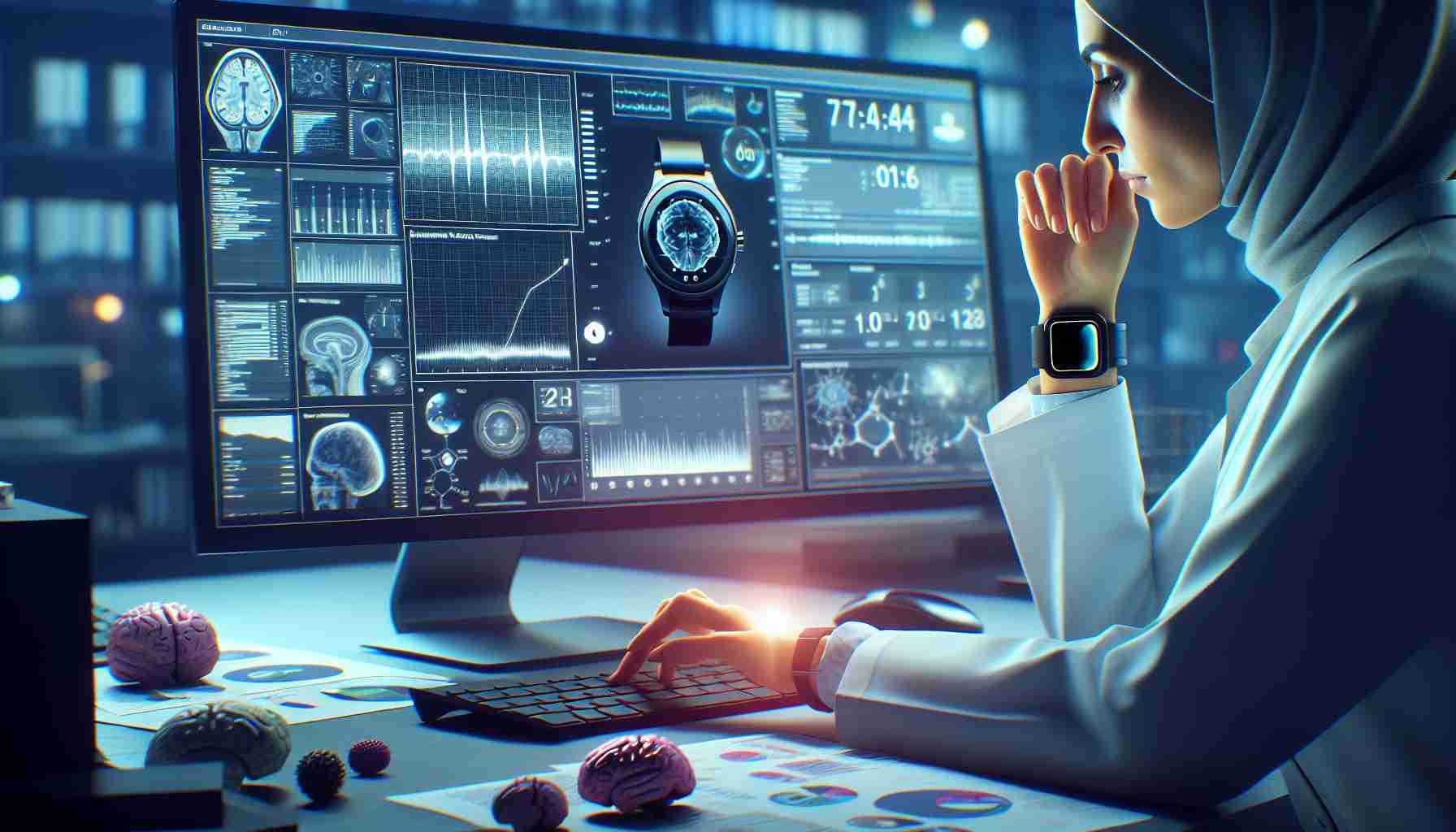Recent advancements in wearable technology have provided a powerful tool for monitoring the progression of Parkinson’s disease. Healthcare professionals are now harnessing the capabilities of smartwatches to gain a deeper understanding of this degenerative disorder’s daily impact on patients.
Smartwatches, equipped with cutting-edge sensors, are capable of collecting a vast array of physiological data in real time – from tremors and sleep patterns to physical activity and speech fluency. By analyzing this information, researchers can track the intricacies of Parkinson’s disease as it evolves, which has proven instrumental in tailoring individualized treatment approaches.
Collaborative efforts between technology firms and medical institutions have led to the development of specialized algorithms that interpret the data harvested from these devices. Such collaborations illuminate the relationship between symptom patterns and disease stages, providing clinicians with granular insights into the motor and non-motor symptoms of Parkinson’s disease.
The application of smartwatch technology signifies a revolutionary step in managing Parkinson’s disease, moving towards a future of personalized healthcare. By delivering continuous, objective analysis of patient conditions, doctors can optimize existing therapies and potentially slow the disease’s progression. Moreover, this method of continuous monitoring could expedite clinical trials by providing robust, timely data.
As research in this arena progresses, the use of wearable devices in chronic disease management continues to paint an optimistic outlook, serving as a beacon of hope for improved patient outcomes and quality of life.
Relevant Facts:
– Parkinson’s disease (PD) is a progressive neurological disorder that affects movement and can lead to significant disability.
– It is estimated that over 10 million people worldwide are living with PD.
– Traditional methods for monitoring Parkinson’s disease involve clinical assessments that are not continuous and might fail to capture day-to-day fluctuations in symptoms.
– Smartwatches can include sensors like accelerometers and gyroscopes that can detect movements characteristic of PD, like tremors and bradykinesia (slowness of movement).
– The use of smartwatch data might help in the remote monitoring of patients, reducing the need for frequent hospital visits, which is especially beneficial during times of restricted movement such as the COVID-19 pandemic.
Key Questions & Answers:
Q: How do smartwatches help in monitoring Parkinson’s disease?
A: Smartwatches help by continuously collecting data on movement, sleep patterns, and other physiological aspects that can be affected by Parkinson’s disease. This data can be analyzed to monitor the disease’s progression and adjust treatments as necessary.
Q: What are the challenges associated with using smartwatch technology for Parkinson’s disease?
A: Key challenges include ensuring the accuracy and reliability of sensor data, protecting patient privacy and data security, and creating algorithms that can meaningfully interpret the vast amount of data collected.
Q: Are there any controversies related to this approach?
A: Controversies may arise around the use of personal data collected by smartwatches and the potential risks to privacy. There are also concerns about the technology becoming a substitute for direct patient-doctor interactions.
Advantages:
– Provides a continuous stream of patient data.
– Allows for personalized and timely adjustment of treatments.
– Can potentially help in early diagnosis and monitoring of disease progression.
– Reduces the burden on patients to travel for frequent clinical assessments.
– May expedite and improve the quality of clinical trials.
Disadvantages:
– Depends on the patient’s willingness and ability to wear the device consistently.
– Possibility of data inaccuracies due to device malfunctions or improper use.
– Raises issues of data privacy and cybersecurity.
– Might require significant investment in technology infrastructure by healthcare providers.
Suggested related links with valid URLs:
– Parkinson’s Disease Foundation: parkinson.org
– Michael J. Fox Foundation for Parkinson’s Research: michaeljfox.org
– Parkinson’s News Today: parkinsonsnewstoday.com
– World Health Organization – Neurological Disorders: who.int
Please note these links direct you to the main domains of reputable organizations and information platforms concerning Parkinson’s disease and related topics. Always ensure to verify the credibility and security of any webpage before sharing personal information or relying on its content.
